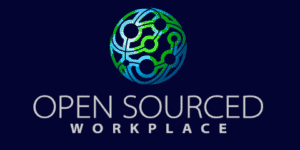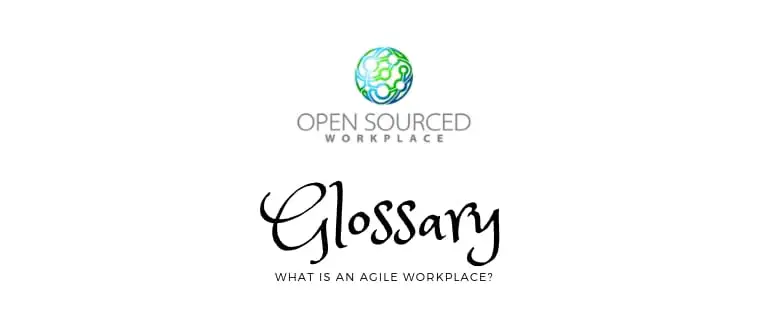What is an Agile Workplace/Office
Agile working is no longer new, but it is a “new way of working”. It can certainly be included under the umbrella term “smart working”, which is about utilizing the benefits gained from changing work practices, deploying new technologies and creating new working environments. – The Agile Organisation
Agile working is a way of working in which an organization empowers its people to work where, when and how they choose – with maximum flexibility and minimum constraints – to optimize their performance and deliver “best in class” value and customer service. It uses communications and information technology to enable people to work in ways, which best suit their needs without the traditional limitations of where and when tasks must be performed- Nhsemployers
In an operational context, the concept of agility refers to procedural flexibility designed to maximize productivity and enhance employee satisfaction through autonomy. Agile workplaces and offices facilitate freedom for workers to make independent decisions on where and how to do their best work. An agile workplace may provide several different curated spaces and flexible seating areas.
and flexible seating areas. Employees are given free access to these spaces and are not required to stay put at his or her assigned desk for the duration of the workday – Space IQ
Employees are given free access to these spaces and are not required to stay put at his or her assigned desk for the duration of the workday – Space IQ
Types Of Agile Workspace:
AGILE, Landscape (Bürolandschaft)– This form of workspace has assigned desking, with a range of alternative work settings. Bürolandschaft, or ‘office landscape’ meant taking the rigid layouts of the 1940s and early 1950s and shaking the box, creating organic arrangements with few constructed walls and little-enclosed space. Nowadays, the opportunity to move away from the desk to other settings gives rise to the idea of ‘agility’ in the format. Allocated desking removes the political squabbles, but without offices, it still irks many- workessence
AGILE, Activity-Based, zoned– This form of workspace is the Range of unassigned work settings for various activities, with team zones. Most environments deemed ‘agile’ are considered to be this format, effectively Bürolandschaft with shared desking. The idea is simple enough – a range of settings designed to support the individual and collective tasks undertaken during a typical day, shared by highly mobile occupants – but the interpretation can be complex, with settings specified to do things you didn’t know you were doing and in some cases, didn’t even believe possible- workessence
AGILE, Lounge– This form of workspace is a Range of unassigned work settings, no formal desk. While the range of settings within ABW usually consists of around half being desks of some form, in some instances – usually highly creative, small to medium-sized businesses based in areas of high concentrations of avocado mashers – have opted to dispense with the desk altogether- workessence
AGILE, Scrum– This form of workspace is desking arranged for assigned scrums, with supporting agile space. the word ‘agile’ was coined by a different industry first – in the form of the Manifesto for Agile Software Development, which originated in Snowbird, Utah, in 2001. With it came a process that quickly institutionalized, complete with a way of working that defined workplace needs, and a huge glossary of jargon left on the cutting room floor after everyone else had finished. Scrum desking is allocated but the scrums themselves form and re-form every few months – and so they need to be flexible, but not as flexible as agile- workessence

